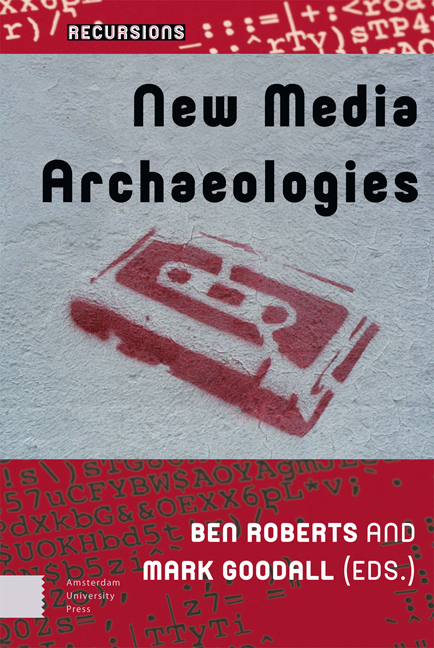2 - Doing Experimental Media Archaeology: Epistemological and Methodological Reflections on Experiments with Historical Objects of Media Technologies
Summary
Abstract
The aim of this chapter is to outline experimental media archaeology as an alternative method to a sense and object-oriented technology and media historiography. The epistemological potential of an object and sense-oriented experimental access to the field of the history of media and technology will be discussed here on the basis of experiences in the history of science and historically informed music performances. The heart of the chapter is formed by a discussion of a series of media archaeological experiments executed by the authors in search for alternative ways to draft historical statements on past media practices. In these experiments, they focus on the materiality of past-media devices, beyond their function as sign and evidence of the past, and on the heuristic possibilities offered by an experimental approach to these devices.
Keywords: Experimental Media Archaeology, Hand-on History, sensorialfocused history of technology, user perspectives
Initial Considerations: In Search of the Past User
Working on the apparatus collections in technology museums and media archives may create a growing awareness of the epistemological and methodological problems confronting researchers in the fields of technology and media history. Paradoxically, the acute awareness of the historical gap between now and then is clearly deepened by the material presence of the ‘leftovers’ of past media practices: magic lanterns, cameras and projectors, radio sets, video recorders, and television sets with old manuals taped on the back. One reason we seek a physical, sensual engagement with these historical artefacts is to stimulate our imagination of the past: to reflect critically on the hidden or non-verbalized, sensorial, corporal, and tacit knowledge that informs our engagement with media technologies. In this chapter, we will reflect on ways of doing experimental media archaeology, to plead once again for an integral and sensual approach towards media technology.
The point of departure of the present approach is the search for alternative ways to draft historical statements on past media practices. The main question is how historical objects of media technology can be used as sources for a sensorial-focused history of technology and the media. This chapter focuses on the materiality of past media devices, beyond their function as a sign and evidence of the past, and on the heuristic possibilities offered by an experimental approach to those devices.
Information
- Type
- Chapter
- Information
- New Media Archaeologies , pp. 45 - 68Publisher: Amsterdam University PressPrint publication year: 2019
